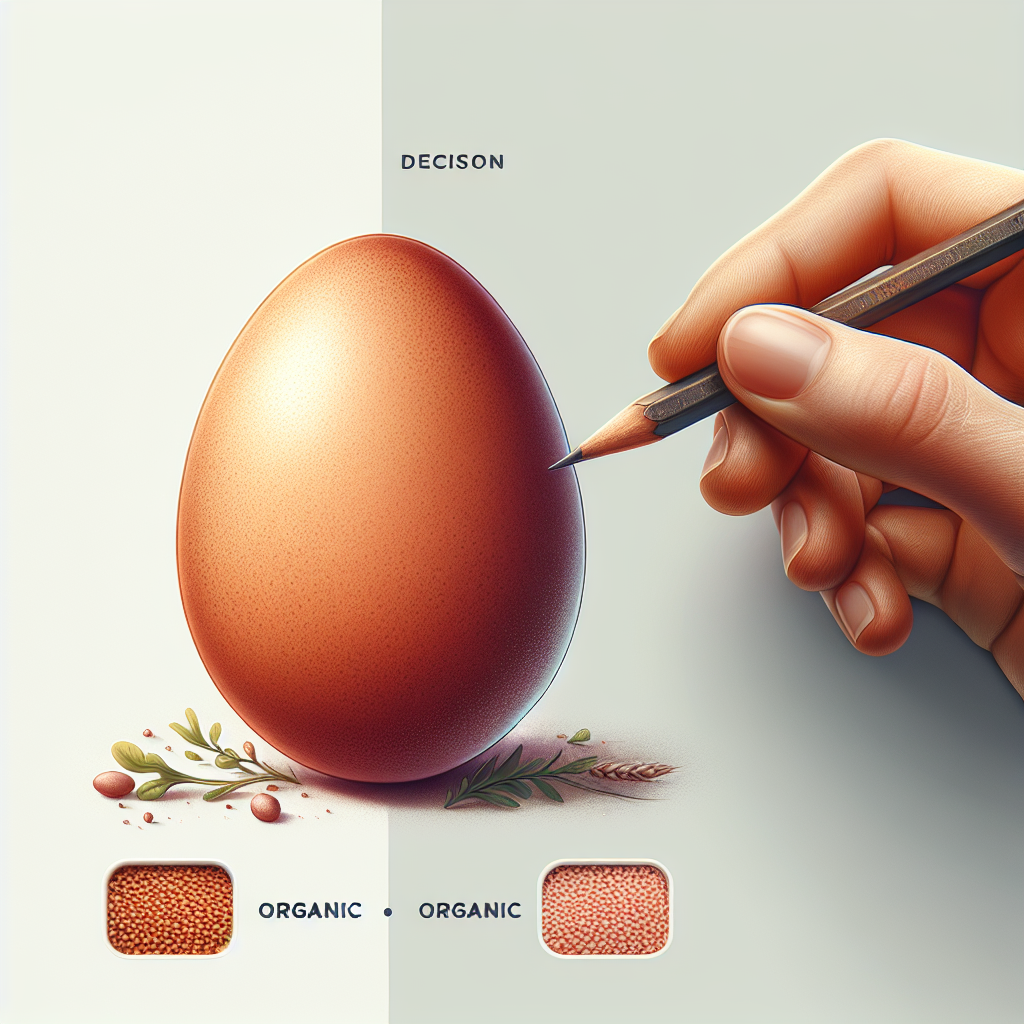In the pursuit of reducing food waste and saving money, have you ever wondered if there are specific feeding techniques that can help you achieve both? You may be pleasantly surprised to discover that adopting certain strategies can indeed make a significant difference in minimizing waste and maximizing your budget. By making thoughtful choices and implementing practical methods, you can make a positive impact on both your finances and the environment. Let’s explore some effective feeding techniques that not only benefit you but also contribute to a more sustainable future.
Reducing Food Waste
Eliminating Overfeeding
One of the first steps to reducing food waste is to eliminate overfeeding. It can be tempting to give your pet a little extra food as a treat or to show them extra love, but this can lead to excessive food consumption and unnecessary waste. It’s important to understand your pet’s specific dietary needs and stick to appropriate portion sizes.
Using Automatic Feeders
Another effective way to reduce food waste is to use automatic feeders. These devices can be programmed to dispense the exact amount of food your pet needs at specific times throughout the day. This ensures that your pet receives their meals consistently and eliminates the risk of accidentally overfeeding.
Implementing Scheduled Feeding
By implementing scheduled feeding, you can further reduce food waste. Instead of leaving food out all day, establish specific meal times for your pet. This allows you to control the amount of food they receive and ensures that they finish their meals before the food spoils or goes to waste.
Monitoring Pet’s Appetite
Keeping a close eye on your pet’s appetite can also help reduce food waste. If your pet consistently leaves food in their dish, it may be a sign that you are overfeeding them. Adjusting portion sizes accordingly can not only prevent waste but also maintain your pet’s healthy weight.
Rotating Food Stock
To avoid food waste due to expiration, it’s important to rotate your pet’s food stock. When purchasing new bags or cans of pet food, make sure to place them behind existing ones in your pantry or storage area. This way, the older food gets used first, reducing the risk of food going past its expiration date and ending up as waste.
Preparing Food Efficiently
Cutting Food into Smaller Pieces
When preparing food for your pet, consider cutting it into smaller pieces. This can make it easier for them to consume their meals and reduces the risk of them leaving behind larger, uneaten portions. By cutting the food into bite-sized pieces, you can also more accurately portion out their meals, reducing the likelihood of overfeeding.
Using Appropriate Food Containers
Choosing the right food containers is essential for keeping your pet’s food fresh and preventing waste. Opt for airtight containers that are specifically designed for pet food storage. These containers help to maintain the food’s freshness and keep out moisture and pests. Avoid using open bags or containers that can lead to spoilage and waste.
Storing Food Properly
Proper storage of your pet’s food is crucial in reducing waste. Store dry pet food in a cool, dry place to preserve its quality and shelf life. Avoid storing it near heat sources or in direct sunlight, as this can accelerate spoilage. Additionally, make sure to seal the bag or container tightly after each use to prevent air and moisture from compromising the food’s freshness.
Using Food Puzzles
Food puzzles are not only a fun and engaging way to feed your pet, but they can also help reduce food waste. These interactive toys require your pet to work for their food, slowing down their eating pace and preventing them from scarfing down their meals in one go. The slower consumption rate allows your pet to feel satisfied with smaller portions, minimizing waste.
Choosing the Right Feeding Method
Free-Choice Feeding
Free-choice feeding involves leaving food available to your pet at all times. While this method may seem convenient, it can lead to overeating and food waste. When food is readily available, pets may eat more than they actually need, resulting in weight gain and wasted food. It’s best to avoid free-choice feeding to prevent unnecessary waste.
Controlled Portion Feeding
Controlled portion feeding is a feeding method where you measure out specific amounts of food for each meal. This allows you to have better control over your pet’s food intake and reduces the chances of overfeeding. By giving your pet just the right amount of food, you can minimize waste and ensure their nutritional needs are met.
Meal Feeding
Meal feeding is a feeding method where you offer your pet their entire meal at specific times of the day. This method helps to establish a routine and allows you to monitor your pet’s food intake more closely. Serving meals in designated bowls or dishes can also help prevent food waste, as it creates a clear distinction between mealtime and playtime.
Feeding Multiple Pets
Separate Feeding Areas
If you have multiple pets, it’s important to create separate feeding areas to prevent food competition and waste. Provide each pet with their own designated eating space, ideally in different rooms or at a significant distance from one another. This allows each pet to eat peacefully and at their own pace, reducing the likelihood of one pet consuming another’s food and wasting it.
Feeding Pets Individually
Feeding pets individually is another effective way to prevent food waste in multi-pet households. By separating your pets during mealtimes, you can ensure that each pet receives their fair share of food. This allows you to accurately monitor their portion sizes and prevents one pet from finishing another’s leftovers, leading to unnecessary waste.
Supervising Feeding Time
Supervising feeding time is crucial when you have multiple pets to ensure that everyone gets their share of food. By closely monitoring each pet’s eating habits, you can intervene if one pet attempts to steal another’s food or if portion sizes need adjustment. This supervision helps to prevent waste and ensures that each pet receives the appropriate amount of food.
Incorporating Food Supplements
Using Digestive Enzymes
Food supplements like digestive enzymes can be beneficial for certain pets, particularly those with digestive disorders or food sensitivities. These enzymes help break down nutrients in the food, enhancing digestion and nutrient absorption. By improving digestion, your pet may require smaller portions of food, reducing waste and potentially saving you money on pet food in the long run.
Adding Probiotics
Probiotics are beneficial bacteria that can support your pet’s digestive health. By introducing probiotics into their diet, you can help maintain a healthy gut flora, which aids in digestion and nutrient absorption. Improved digestion can result in less food waste, as your pet’s body can extract more nutrients from smaller portions of food.
Including Omega-3 Fatty Acids
Omega-3 fatty acids offer numerous health benefits for pets, including reducing inflammation and supporting cognitive function. By incorporating omega-3 fatty acids into your pet’s diet, you may improve their overall health and wellbeing. This can lead to better nutrient absorption and utilization, potentially reducing the amount of food required and minimizing waste.
Making Homemade Pet Food
Consulting with a Veterinarian
If you’re considering making homemade pet food, it’s essential to consult with a veterinarian first. They can provide guidance on formulating a balanced diet specific to your pet’s needs. Homemade pet food recipes must meet certain nutritional requirements to ensure your pet receives all the essential nutrients they need to thrive.
Balancing Nutrients
When making homemade pet food, it’s crucial to ensure a proper balance of nutrients. Each meal should include a combination of proteins, carbohydrates, fats, vitamins, and minerals. Working closely with a veterinarian or a pet nutritionist can help you design recipes that meet your pet’s nutritional needs while minimizing waste.
Avoiding Harmful Ingredients
It’s important to be aware of and avoid harmful ingredients when making homemade pet food. Some foods can be toxic or unhealthy for pets, such as onions, garlic, chocolate, and certain artificial additives. Researching safe ingredients and avoiding potential hazards is essential to protect your pet’s health and prevent unnecessary waste.
Considering Food Packaging
Buying Larger Quantities
Buying larger quantities of pet food can be a smart strategy to reduce waste and save money. By purchasing larger bags or cans, you can take advantage of bulk discounts and minimize the frequency of your shopping trips. However, it’s crucial to ensure that you can store the larger quantities properly to maintain the food’s freshness and quality.
Choosing Environmentally Friendly Packaging
When selecting pet food, consider opting for environmentally friendly packaging. Look for brands that use recyclable materials or those that offer refillable options. By choosing sustainable packaging, you can reduce your ecological footprint and contribute to waste reduction efforts.
Utilizing Leftovers and Food Scraps
Safe Leftover Usage
While it’s important to avoid feeding pets certain leftover foods, there are safe ways to utilize leftovers and food scraps to minimize waste. Plain, unseasoned meat or vegetables can be added to your pet’s meals in moderation. However, it’s crucial to be aware of potential allergens or toxic foods and avoid incorporating them into your pet’s diet.
Homemade Treats
Leftovers and food scraps can also be used to create homemade treats for your pet. With a little creativity and research, you can find recipes that transform leftovers into tasty and nutritious treats. Not only does this help reduce waste, but it also gives you the opportunity to provide your pet with homemade, preservative-free snacks.
Feeding Guidelines for Different Pets
Cats
Feeding cats properly is essential for their overall health. Cats are obligate carnivores, meaning they require a diet consisting primarily of animal protein. High-quality, commercially available cat food that meets the Association of American Feed Control Officials (AAFCO) standards is typically recommended. Consult with your veterinarian to determine the appropriate feeding frequency and portion sizes based on your cat’s specific needs.
Dogs
When it comes to feeding dogs, it’s important to choose high-quality dog food that meets their specific nutritional requirements. Dogs are omnivores, so their diet should include a balance of protein, carbohydrates, and fats. The appropriate feeding frequency and portion sizes depend on factors such as breed, age, weight, and activity level. Consult with your veterinarian to develop a feeding plan tailored to your dog’s needs.
Exotic Pets
Feeding exotic pets, such as birds, reptiles, or small mammals, can be more challenging due to their unique dietary needs. It’s crucial to research and understand the specific nutritional requirements of your exotic pet. Consult with a veterinarian experienced in exotic animal care to ensure you provide the appropriate diet and portion sizes for your pet.
Seeking Professional Advice
Consulting with a Veterinarian
When it comes to your pet’s nutrition, seeking professional advice is always a wise decision. Veterinarians are well-versed in pet nutrition and can provide personalized recommendations based on your pet’s needs. Whether you have concerns about your pet’s weight, allergies, or specific dietary requirements, a veterinarian can guide you towards the best feeding practices to minimize waste and promote optimal health.
Working with a Pet Nutritionist
If you are seeking a more specialized approach to your pet’s nutrition, consider working with a pet nutritionist. These professionals have in-depth knowledge of pet nutrition and can develop customized diet plans based on your pet’s specific needs. A pet nutritionist can assist in formulating homemade diets, addressing unique dietary concerns, and ensuring your pet receives a well-balanced and waste-minimized diet.
Reducing food waste and making efficient feeding choices not only benefit the environment but can also save you money in the long run. By implementing these various techniques and incorporating professional advice, you can provide your pets with nutritious meals while minimizing waste and promoting a healthier lifestyle for your furry friends.




